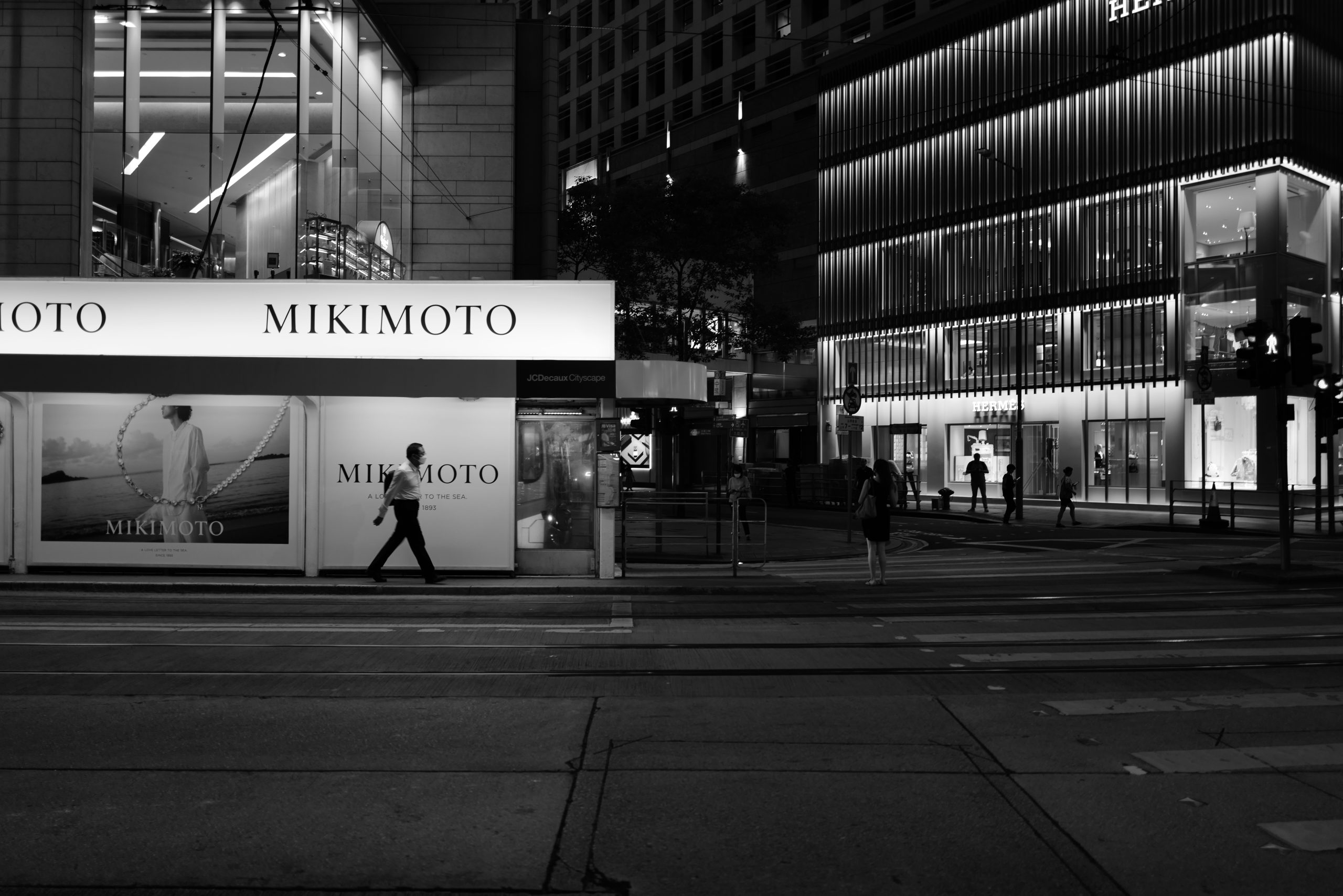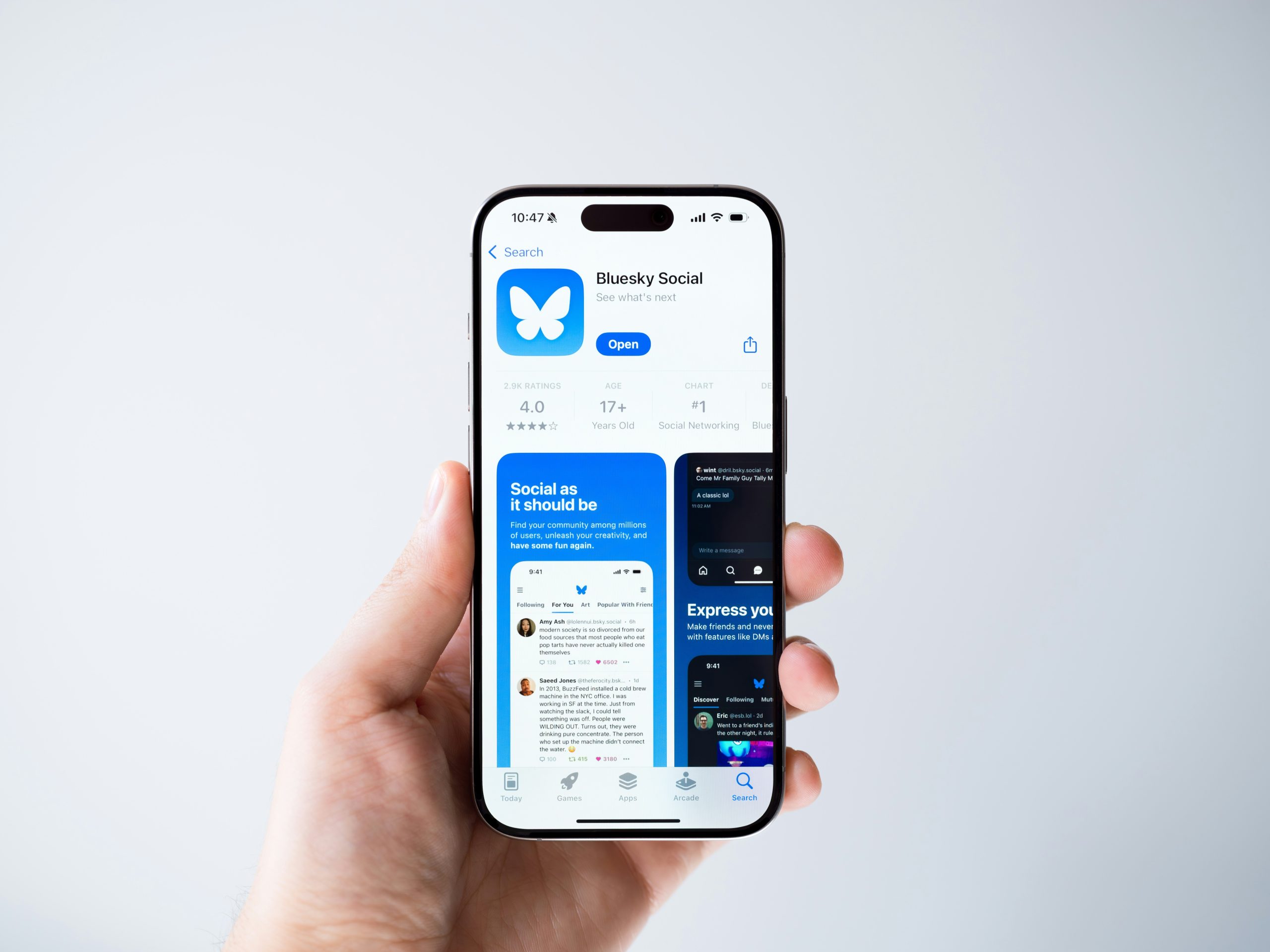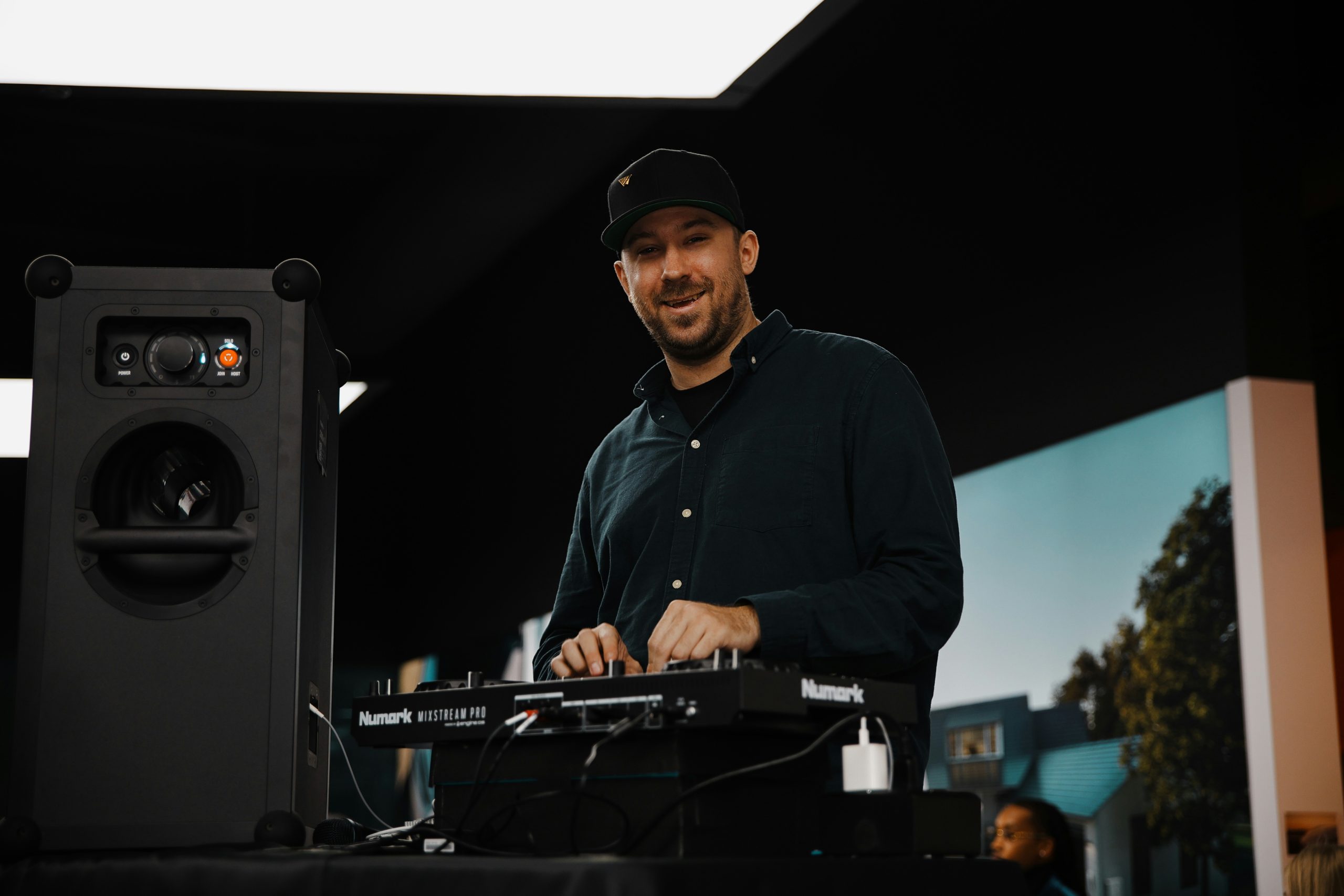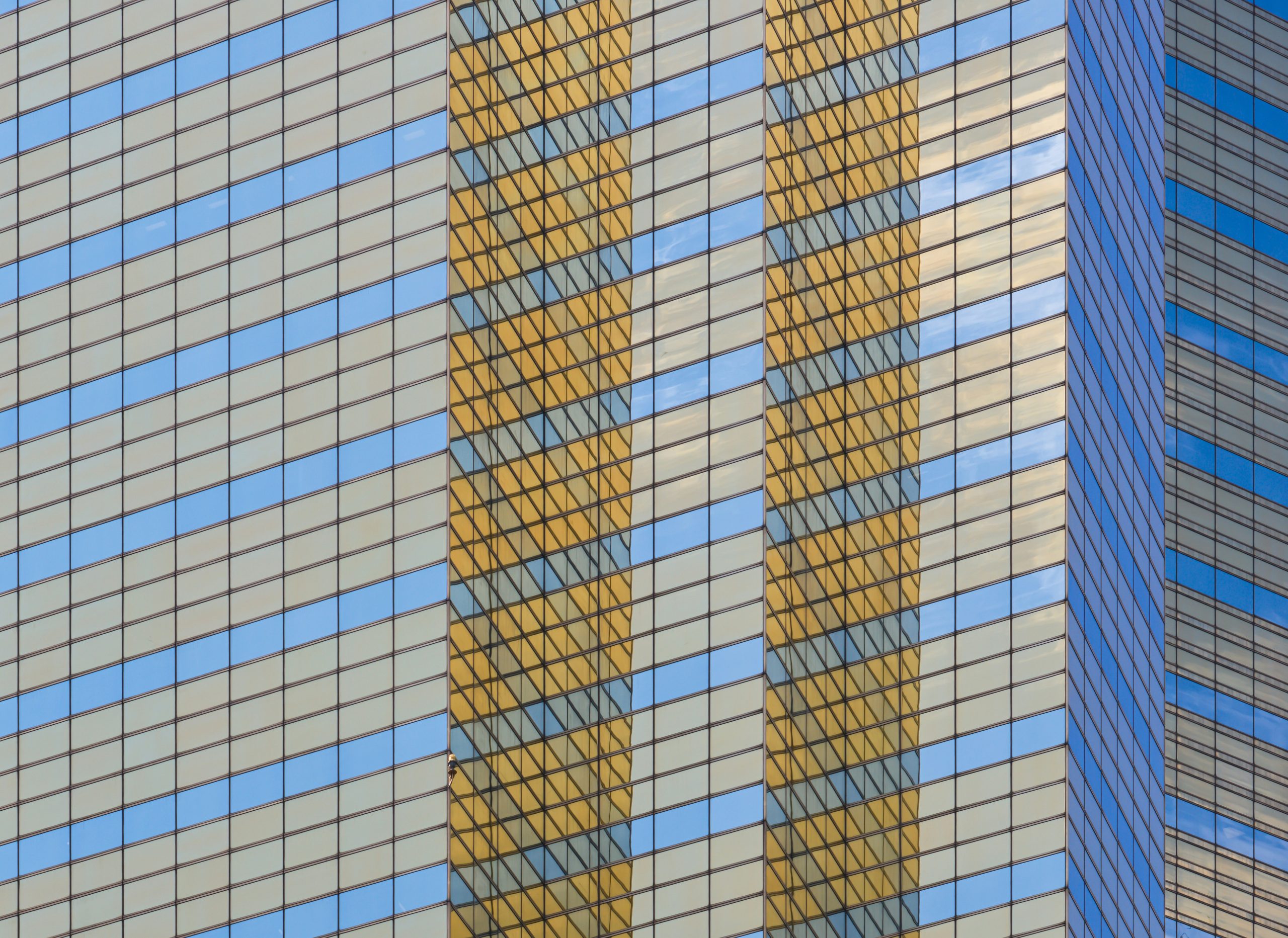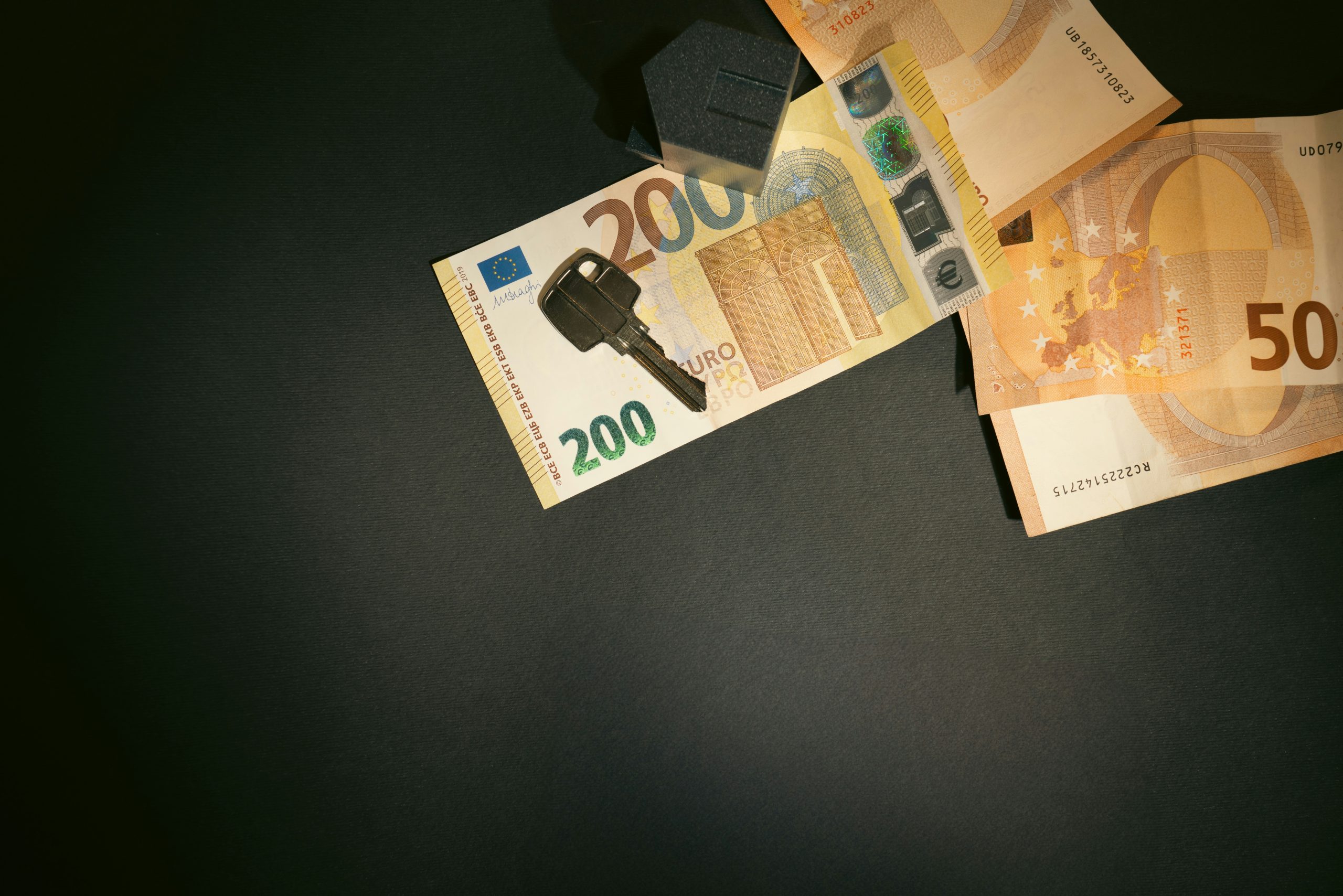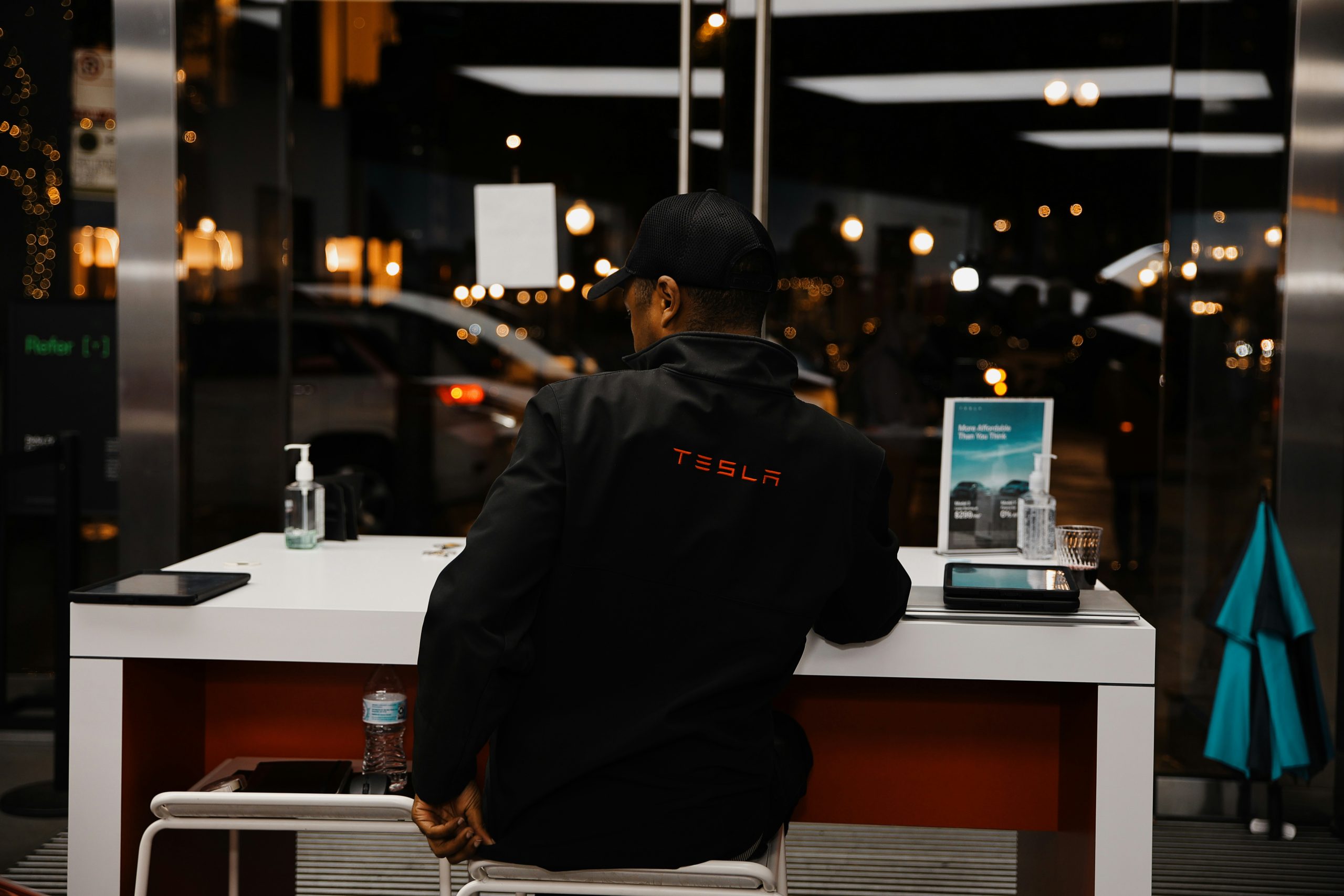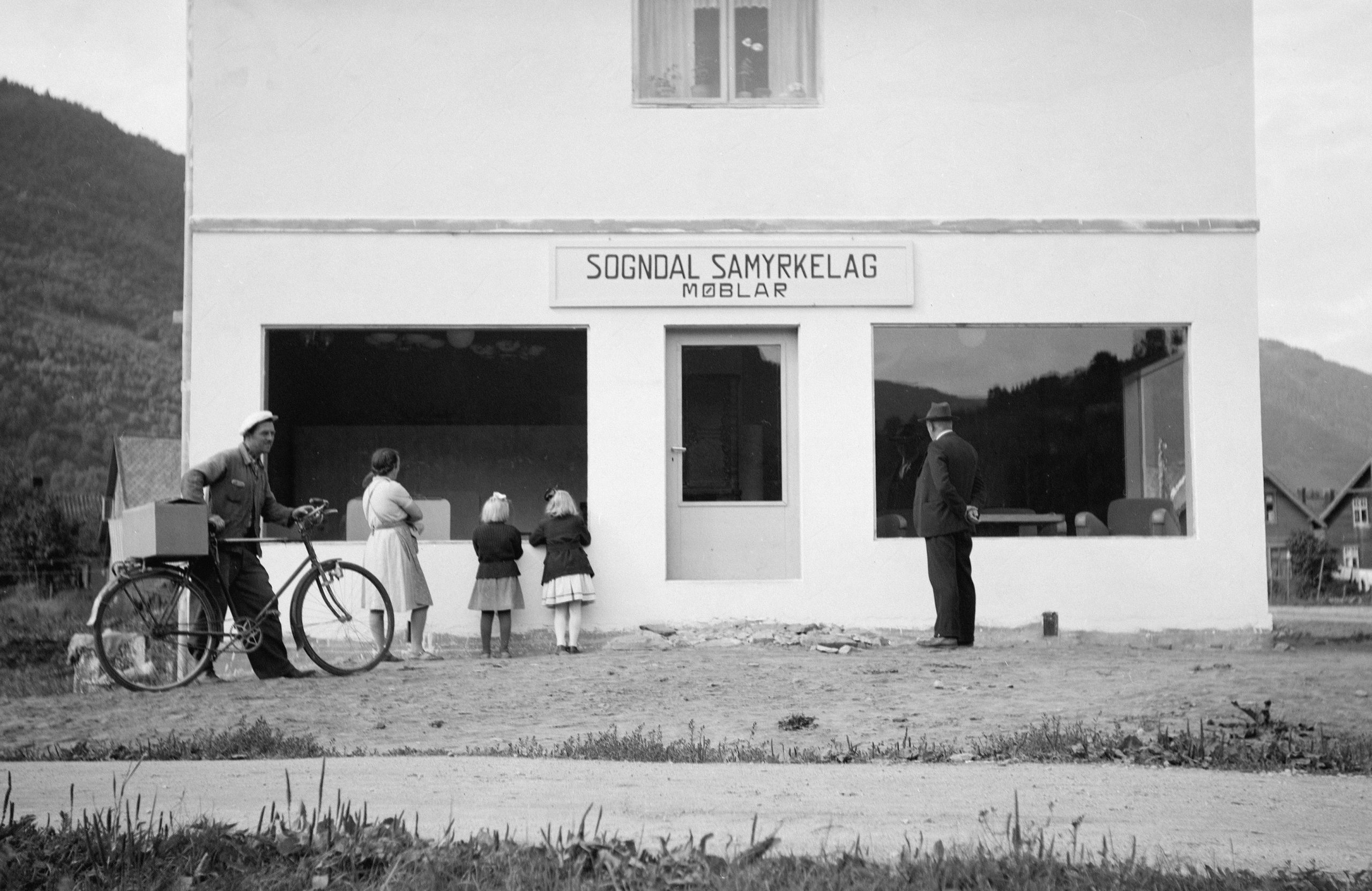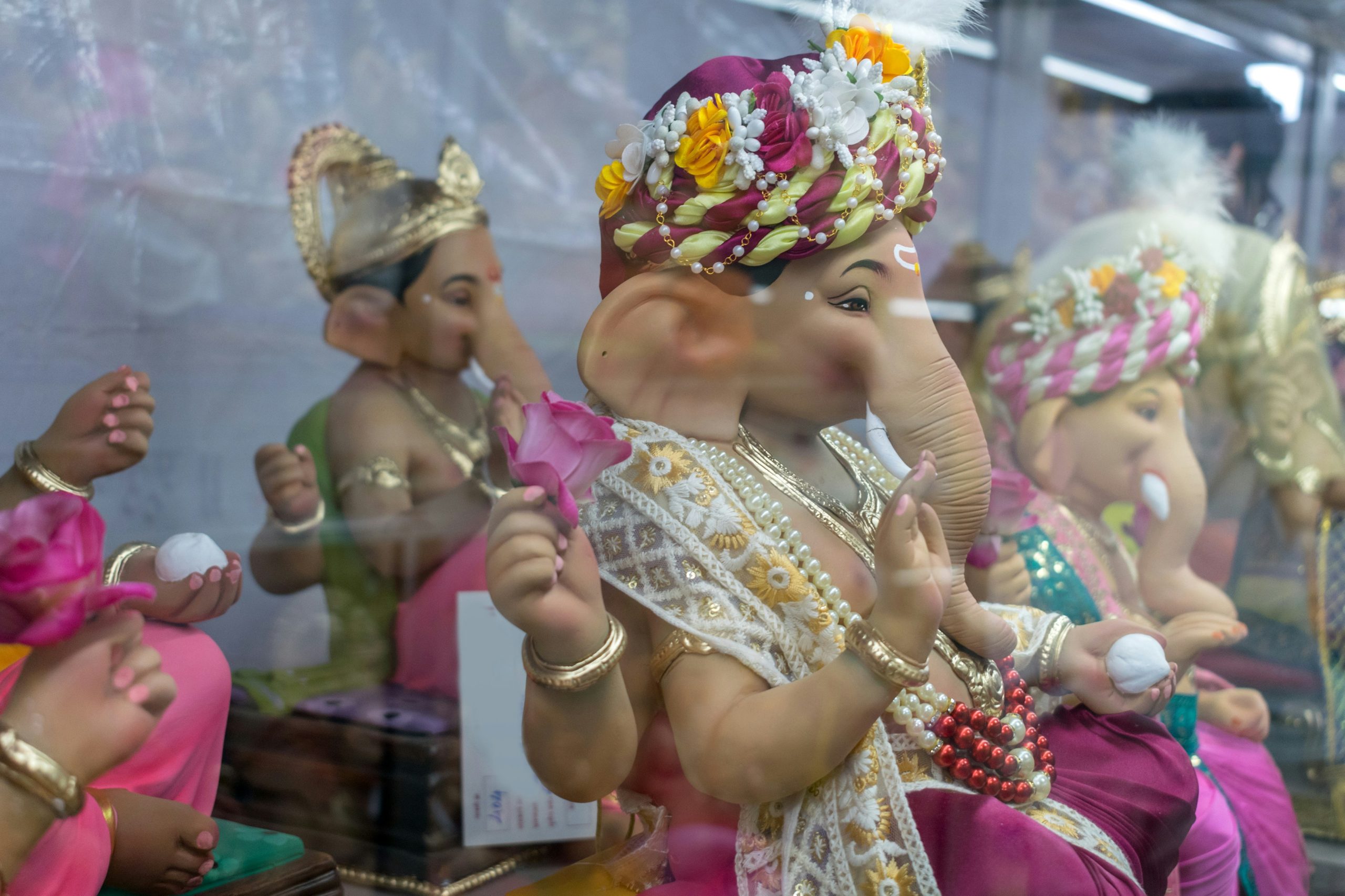The Evolution of the Victoria’s Secret Fashion Show and Its Cultural Impact
The Victoria's Secret Fashion Show has long been a cornerstone of pop culture, captivating audiences with its extravagant displays and stunning models. For nearly two decades, this annual event not only showcased the latest in lingerie but also transformed into a glamorous spectacle that resonated with millions worldwide. However, as we moved into the latter half of the 2010s, the fashion landscape began to shift, leading to a significant re-evaluation of the show's relevance and its impact on societal perceptions of beauty.
The show's format, which once celebrated a narrow standard of beauty, came under scrutiny as conversations around body positivity and diversity gained momentum. Critics pointed out that the event often showcased a homogeneous ideal of femininity, which did not reflect the diverse and multifaceted nature of real women. This growing awareness prompted a rethinking of what it means to celebrate women in the fashion industry.
In light of these changes, the Victoria's Secret brand found itself at a crossroads. As cultural narratives began to embrace inclusivity and empowerment, the traditional model of the fashion show started to feel outdated. The brand attempted to pivot by introducing a more diverse array of models and promoting a broader range of body types. However, the effectiveness and sincerity of these efforts were met with mixed reviews from both fans and critics alike.
As the fashion industry evolved, so did the expectations of its audience. Viewers began to seek authenticity and representation, desiring to see themselves reflected in the imagery presented on screen. This shift in consumer demand prompted other fashion events to adapt, leading to a more inclusive approach that celebrates varying body types, ethnicities, and genders.
The decision to halt the Victoria's Secret Fashion Show in 2019 marked a significant turning point. It signaled a departure from the traditional spectacle and an acknowledgment of the changing tides in the fashion world. In its place, brands began to explore alternative ways to connect with their audiences, such as digital campaigns and collaborations with influencers who resonate with a broader demographic.
Moreover, the rise of social media has transformed how fashion is consumed and marketed. Platforms like Instagram and TikTok allow for immediate interaction between brands and consumers, providing a space for diverse voices and styles to flourish. This shift has empowered individuals to challenge conventional beauty standards and redefine what it means to be fashionable.
As we look to the future, it is clear that the legacy of the Victoria's Secret Fashion Show will continue to influence the fashion industry. While the extravagant displays and high-profile performances may be a thing of the past, the conversations sparked by the show's evolution are crucial as we move towards a more inclusive and representative fashion landscape. The industry must learn from these insights and continue to adapt to the ever-changing cultural narratives that shape consumer preferences.
Ultimately, the journey towards inclusivity in fashion is ongoing. The lessons learned from the rise and fall of the Victoria's Secret Fashion Show serve as a reminder of the importance of authenticity and representation in celebrating beauty. As we forge ahead, it is essential for brands to listen to their audiences and embrace the diverse tapestry that defines contemporary society. In doing so, they can ensure that the fashion world remains a space of celebration and empowerment for all women.


